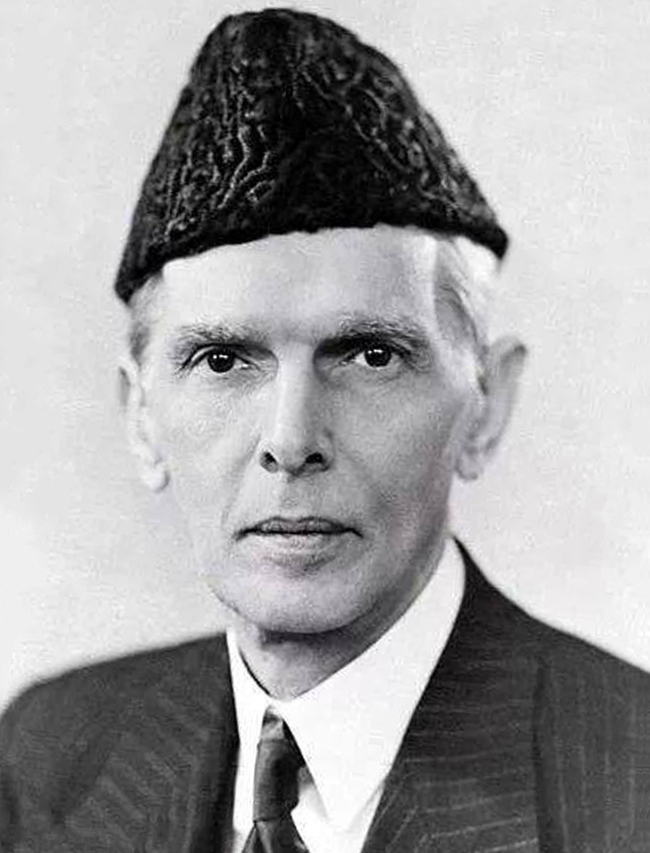Qaraqul on:
[Wikipedia]
[Google]
[Amazon]
 Karakul or Qaraqul (named after
Karakul or Qaraqul (named after
 Karakul sheep are a multi-purpose breed, kept for milking,
Karakul sheep are a multi-purpose breed, kept for milking,
 Karakul or Qaraqul (named after
Karakul or Qaraqul (named after Qorakoʻl
Qorakoʻl also spelled as Karakul ( uz, Qorakoʻl/Қоракўл, قارەكول; russian: Каракуль) is a city in the Bukhara Region of Uzbekistan. It is the capital of Qorakoʻl District (Qorakoʻl tumani). "Qorakoʻl" means "black lak ...
, a city in Bukhara Region in Uzbekistan) is a breed of domestic sheep which originated in Central Asia. Some archaeological evidence points to Karakul sheep being raised there continuously since 1400 BC.
Hailing from the desert regions of Central Asia, Karakul sheep are renowned for their ability to forage and thrive under extremely harsh living conditions. They can survive severe drought conditions because of a special quality they have, storing fat in their tails. Karakul are also raised in large numbers in Namibia, having first been brought there by German colonists in the early 20th century. They are currently listed as endangered.
Use by humans
 Karakul sheep are a multi-purpose breed, kept for milking,
Karakul sheep are a multi-purpose breed, kept for milking, meat
Meat is animal flesh that is eaten as food. Humans have hunted, farmed, and scavenged animals for meat since prehistoric times. The establishment of settlements in the Neolithic Revolution allowed the domestication of animals such as chic ...
, pelts
Fur is a thick growth of hair that covers the skin of mammals. It consists of a combination of oily guard hair on top and thick underfur beneath. The guard hair keeps moisture from reaching the skin; the underfur acts as an insulating blanket ...
, and wool. As a fat-tailed breed
The fat-tailed sheep is a general type of domestic sheep known for their distinctive large tails and hindquarters. Fat-tailed sheep breeds comprise approximately 25% of the world's sheep population,
and are commonly found in northern parts of Af ...
, they have a distinctive meat. Many adult Karakul are double-coated; in this case, spinners separate the coarse guard hair from the undercoat. Karakul is a relatively coarse fiber used for outer garments, carpets and for felting.
The meat from the sheep, and especially the fat from the tail end, is an important ingredient in Uzbek cuisine.
Karakul pelts
Very young or even fetal Karakul lambs are prized for pelts. Newborn karakul sheep pelts are called karakul (also spelled ''caracul''), ''swakara ''(portmanteau of ''South West Africa Karakul''), ''astrakhan'' (Russian and French), ''Persian lamb'', ''agnello di Persia'' (Italian), ''krimmer'' (Russian) and ''garaköli bagana'' (Turkmen). Sometimes the terms for newborn lambs' and fetal lambs' pelts are used interchangeably. The newborn lambs have a tight, curly pattern of hair. The lambs must be under three days old when they are killed, or they will lose their black color and soft, tightly wound coils of fur. Dark colors are dominant and lambs often darken in color as they age. Fetal karakul lamb pelts are called broadtail, ''Breitschwanz'' (German), and ''karakulcha''. Fetal karakul lambs are harvested through miscarriages, induced early delivery or by killing the mother sheep and removing the fetus. Rather than killing healthy female sheep, farmers will kill older sheep that have already given birth many times. People use the lamb pelts to create various clothing items, such as the Astrakhan or karakul hat. The pelts have also been used inhaute couture
''Haute couture'' (; ; French for 'high sewing', 'high dressmaking') is the creation of exclusive custom-fitted high-end fashion design that is constructed by hand from start-to-finish. Beginning in the mid-nineteenth century, Paris became th ...
.
References
External links
* {{Authority control Sheep breeds Sheep breeds originating in Uzbekistan Animal breeds on the GEH Red List